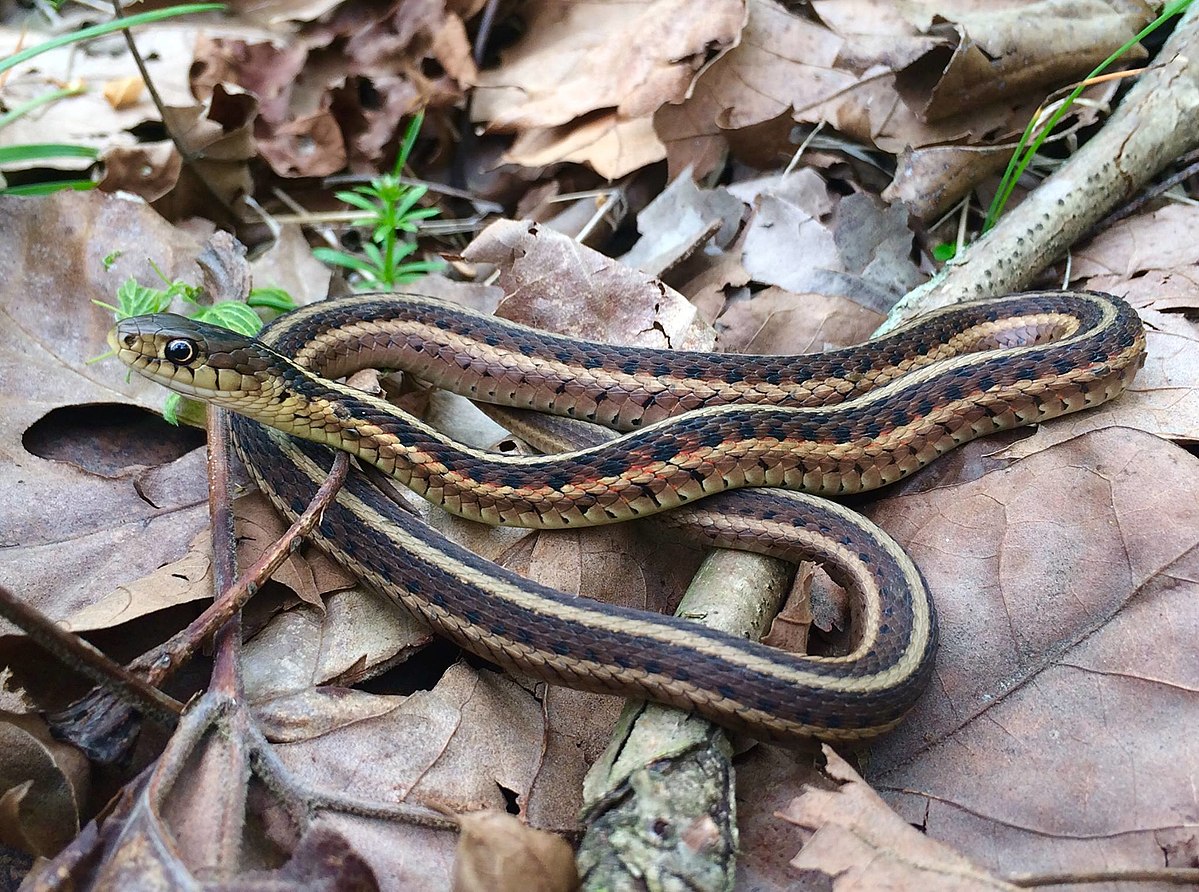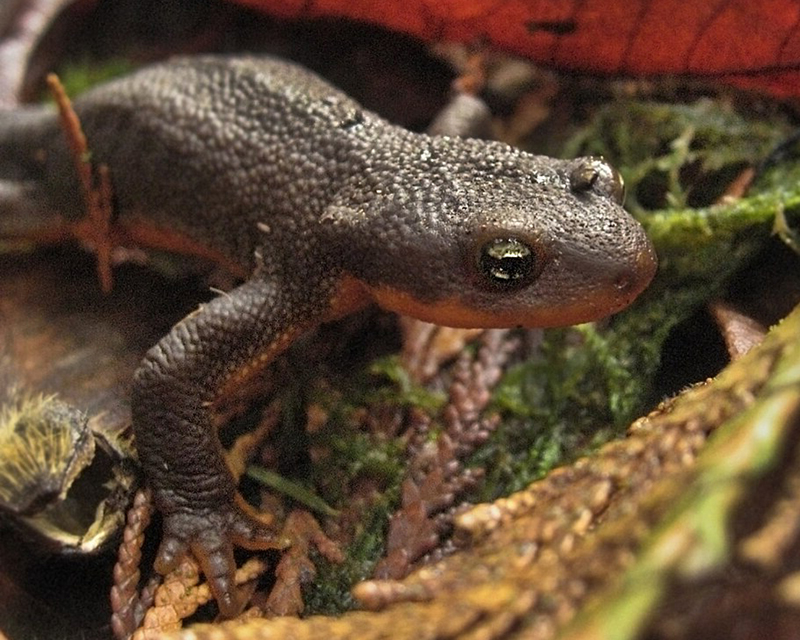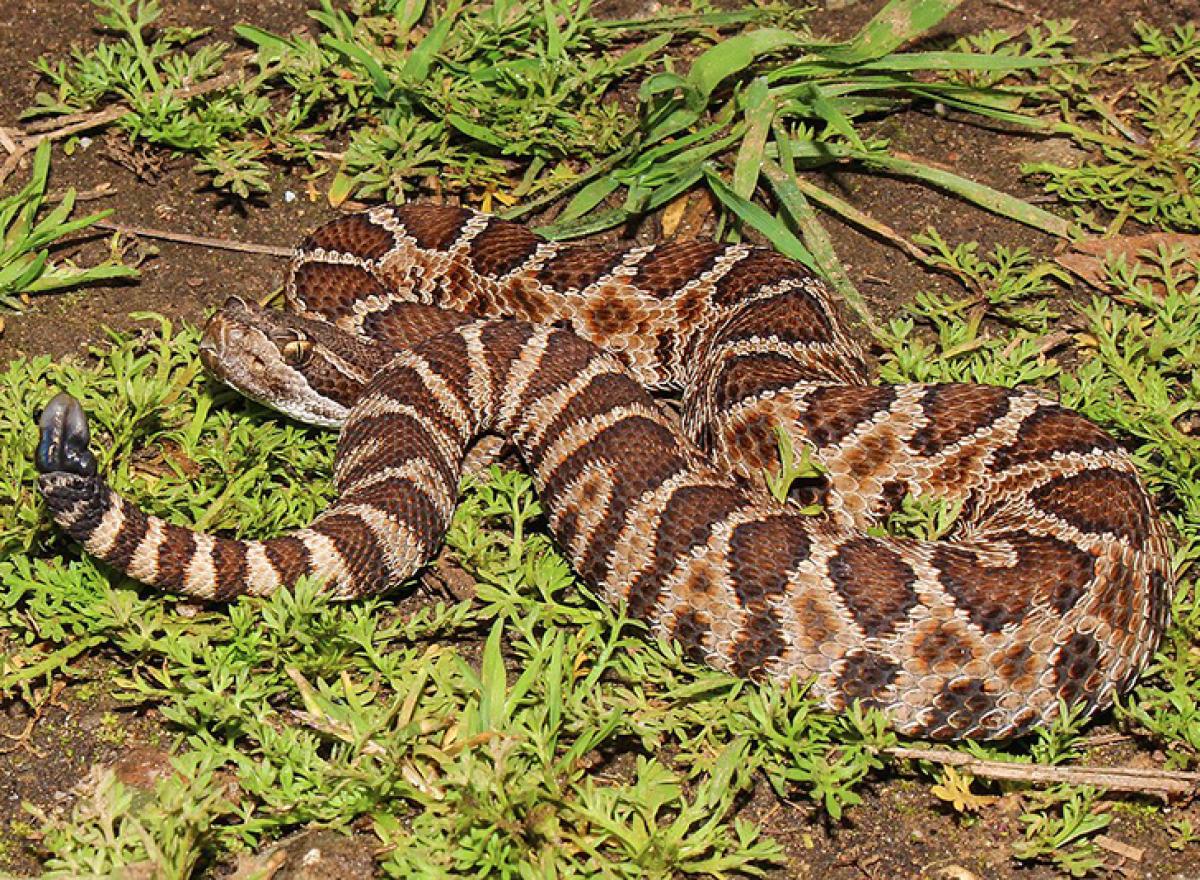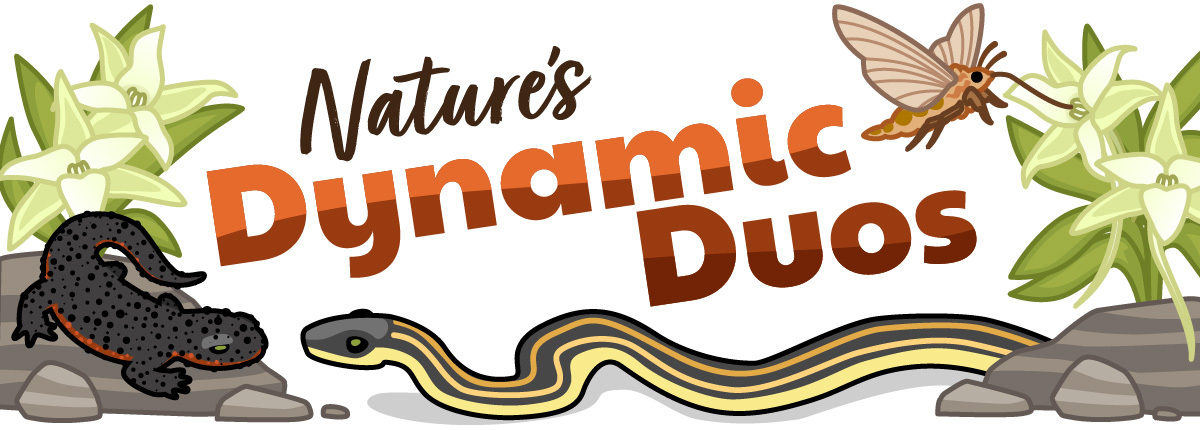A special type of evolution
Imagine there’s a super-secret club that only lets people in if they show their special ID badge. You’re getting a little hungry and want to enter, but the problem is, you don’t have access. With no other choice, you steal an ID badge and slip past the guards to an all you can eat buffet!
This works for a while, but soon the guards start to notice that you don’t belong in this club. They chase you out. So, you create a disguise to better match the ID and you slip right back in. Unfortunately for you, after a while, the guards improve their detection skills again.
This back-and-forth of you using better tricks and the guards getting better at spotting them, is an example of an evolutionary arms race. Just like in nature, each side keeps adapting in response to the other.
What is an evolutionary arms race?
An evolutionary arms race is a specific case of coevolution, where the interacting species continue to place pressure on each other to evolve. This sometimes creates a cycle where each species changes in turn, as they constantly try to stay one step ahead of each other.

A popular example of an evolutionary arms race is between the rough-skinned newt and the common garter snake. The rough-skinned newt makes a powerful poison called tetrodotoxin (this is the same poison found in puffer fish!). This poison keeps most predators away, as eating a newt could be deadly. However, the common garter snake has developed a resistance to the poison, which means they can eat most rough-skinned newts without being harmed. In habitats where newts and garter snakes live close together, scientists have noticed that the newts produce a stronger poison, while the snakes have a stronger resistance. There is a back-and-forth interaction here where each side continues to adapt and change over generations.

If coevolution can sometimes lead to an arms race, then why don’t we see more animals with super extreme traits? The answer is that arms races don’t always happen and if they do, they don’t go on forever. There are physical limits because of the environment, limited resources, and the costs of having extreme traits. For example, if a trait takes too much energy or makes survival harder, it probably won’t stay around in the population. Imagine if you saw a giraffe with a neck twice as long as other giraffes. Their long neck might help them reach taller branches for food or help them with securing a mate, but it would take a lot of energy to maintain and could put stress on the rest of their body. Remember, traits usually stay in the population if they help the animal survive and reproduce.
Additional images via Wikimedia Commons. Northern Pacific rattlesnake photograph by Conner Long.
Read more about: Nature's dynamic duos
Bibliographic details:
- Article: Evolutionary arms races
- Author(s): Dr. Biology
- Publisher: Arizona State University School of Life Sciences Ask A Biologist
- Site name: ASU - Ask A Biologist
- Date published: 1 Oct, 2025
- Date accessed:
- Link: https://askabiologist.asu.edu/evolutionary-arms-races
APA Style
Dr. Biology. (Wed, 10/01/2025 - 20:04). Evolutionary arms races. ASU - Ask A Biologist. Retrieved from https://askabiologist.asu.edu/evolutionary-arms-races
Chicago Manual of Style
Dr. Biology. "Evolutionary arms races". ASU - Ask A Biologist. 01 Oct 2025. https://askabiologist.asu.edu/evolutionary-arms-races
Dr. Biology. "Evolutionary arms races". ASU - Ask A Biologist. 01 Oct 2025. ASU - Ask A Biologist, Web. https://askabiologist.asu.edu/evolutionary-arms-races
MLA 2017 Style

Some populations of Northern Pacific rattlesnakes have evolved more potent venom to kill their main prey, California ground squirrels. The California ground squirrels have evolved better resistance to the venom, so this drives continued evolution back and forth. This is a classic example of an evolutionary arms race.
Be Part of
Ask A Biologist
By volunteering, or simply sending us feedback on the site. Scientists, teachers, writers, illustrators, and translators are all important to the program. If you are interested in helping with the website we have a Volunteers page to get the process started.

